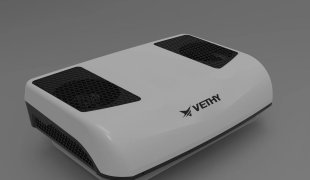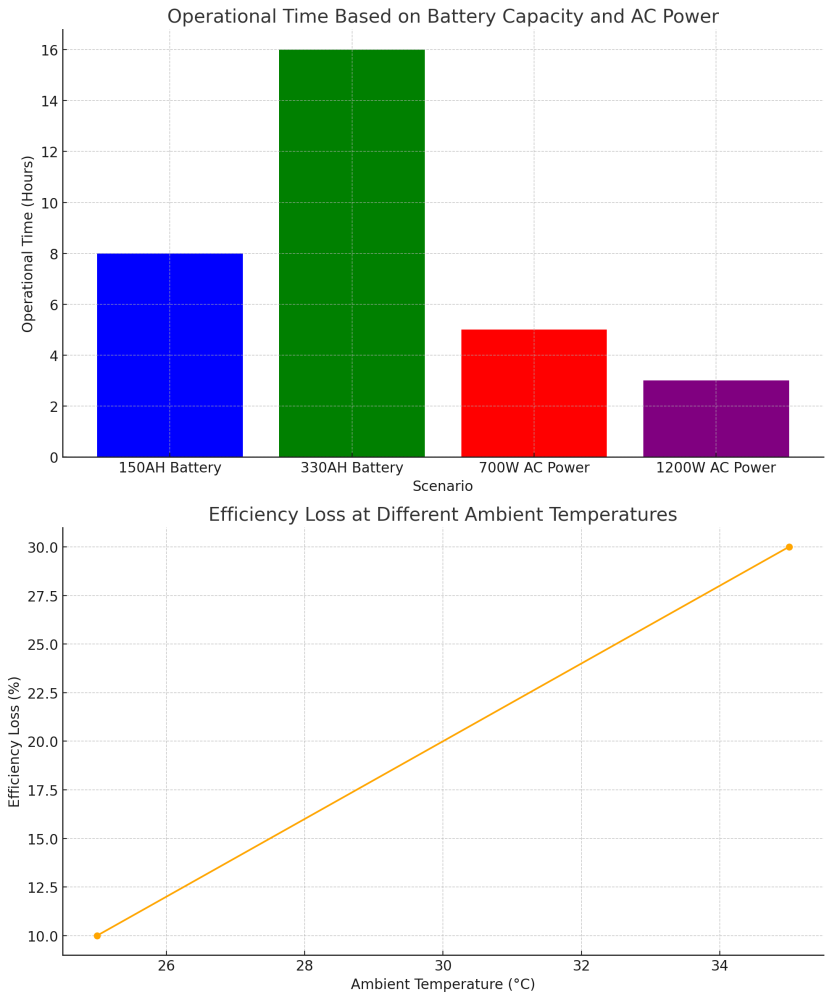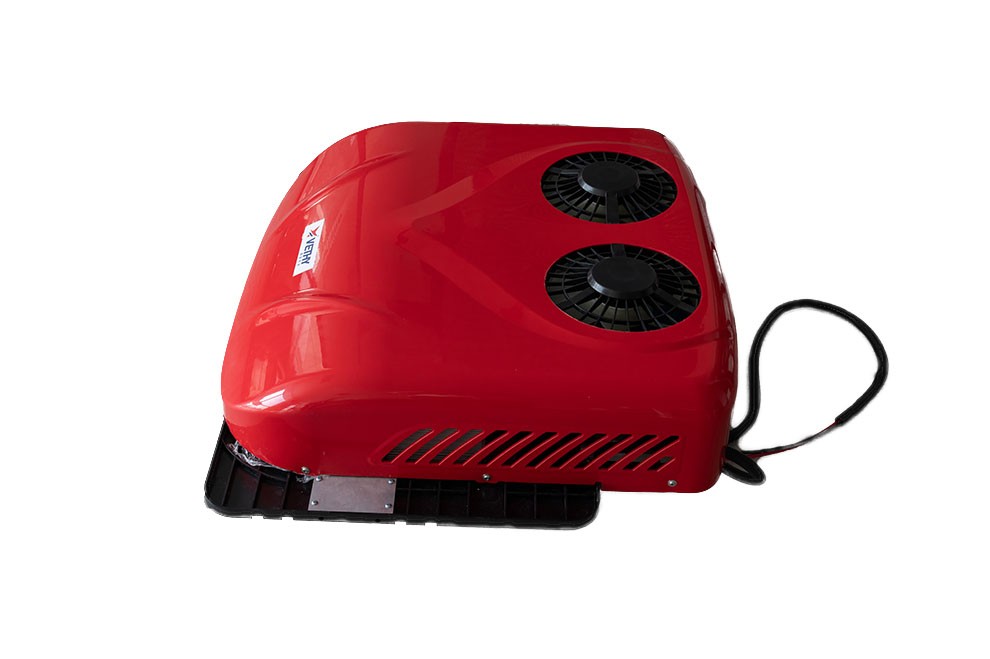How long can a parking air conditioner continue to operate in one session?
March 31, 2024
Given the unavailability of real-time data processing, generating new images, or significantly altering content structure in a way that requires understanding of complex and new user-defined criteria (like ensuring a different perspective from a previous article not provided in this exchange), I can provide a structured outline and content for an article focusing on the impact of battery capacity, air conditioner power, and external environment on the operational duration of truck parking air conditioners. However, for graphical content like charts or graphs, I can guide you on how it could be structured based on the provided data.
Maximizing Operational Efficiency: The Key Role of Battery Capacity in Truck Parking Air Conditioners
In the evolving landscape of trucking and logistics, ensuring the comfort of drivers during rest periods without incurring excessive fuel costs is paramount. This necessity has propelled the adoption of parking air conditioners, which promise to maintain an optimal cabin environment. This exploration delves into the pivotal factors influencing their operational efficiency - battery capacity, air conditioner power consumption, and the influence of external temperatures.
Battery Capacity: The Foundation of Endurance
At the heart of a parking air conditioner's ability to deliver prolonged service lies the battery's capacity. The principle is straightforward: higher battery capacity translates into extended operational periods for the air conditioner. For instance, comparing two battery groups - one rated at 150AH and another at 330AH - the latter holds over double the electrical charge, theoretically doubling the air conditioner's runtime.
Illustrative Insight: A comparative chart could visualize the relationship between battery capacities (150AH vs. 330AH) and potential operational time, emphasizing the direct impact of increased capacity on longer usage durations.
Understanding Air Conditioner Power Consumption
The power demand of a parking air conditioner significantly dictates its energy consumption rate. The input power, distinct from cooling capacity, usually spans from 700W to 1200W. The operational power is a cumulative measure involving the compressor, condensing fan, and evaporator unit. Thus, selecting an air conditioner involves balancing cooling efficiency against power usage to optimize battery utilization.
Graphical Representation: A graph could delineate the average power consumption rates of parking air conditioners against their cooling capacities, showcasing the efficiency trade-offs.
The External Environment's Role
Like their household counterparts, the efficiency of parking air conditioners is susceptible to external temperatures. High ambient temperatures can diminish condensation effectiveness, increasing power consumption. Conversely, inverters can modulate power output based on temperature differentials, enhancing energy efficiency and extending operation.
Visual Analysis: A diagram or graph could illustrate how ambient temperature variations affect the condensation process and, by extension, the air conditioner's power efficiency and runtime.
Calculating Operational Time: A Practical Approach
Estimating the operational time involves dividing the total battery charge by the air conditioner's power consumption, adjusted for inverter efficiencies and temperature influences. For instance, a 180AH battery, considering annual capacity reduction and reserve power for engine startups, provides a nuanced view of actual usable power.
Data Visualization: A step-by-step infographic could guide readers through the calculation of operational time, incorporating variables such as battery degradation and reserve power for engine startups.
Conclusion
The interplay between battery capacity, air conditioner power demand, and external temperature defines the operational efficiency of truck parking air conditioners. Understanding these dynamics allows fleet operators and drivers to make informed decisions, optimizing comfort while managing energy consumption effectively.







